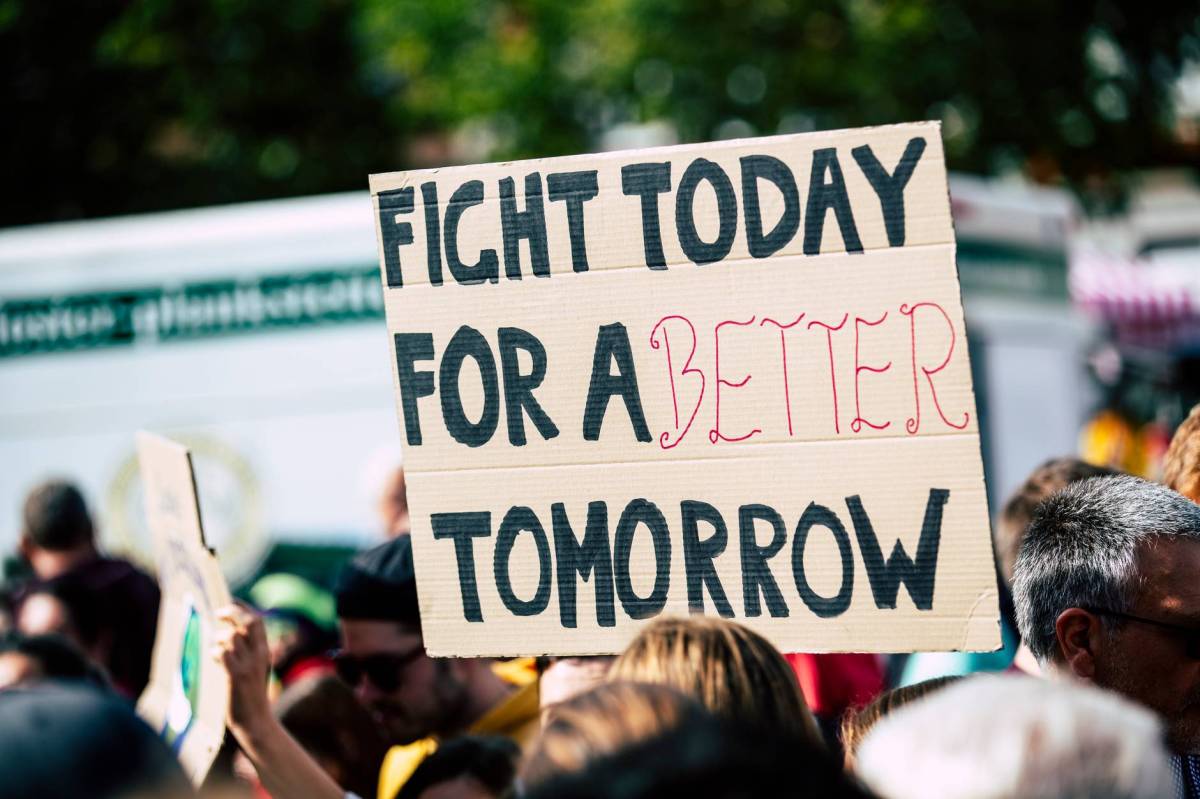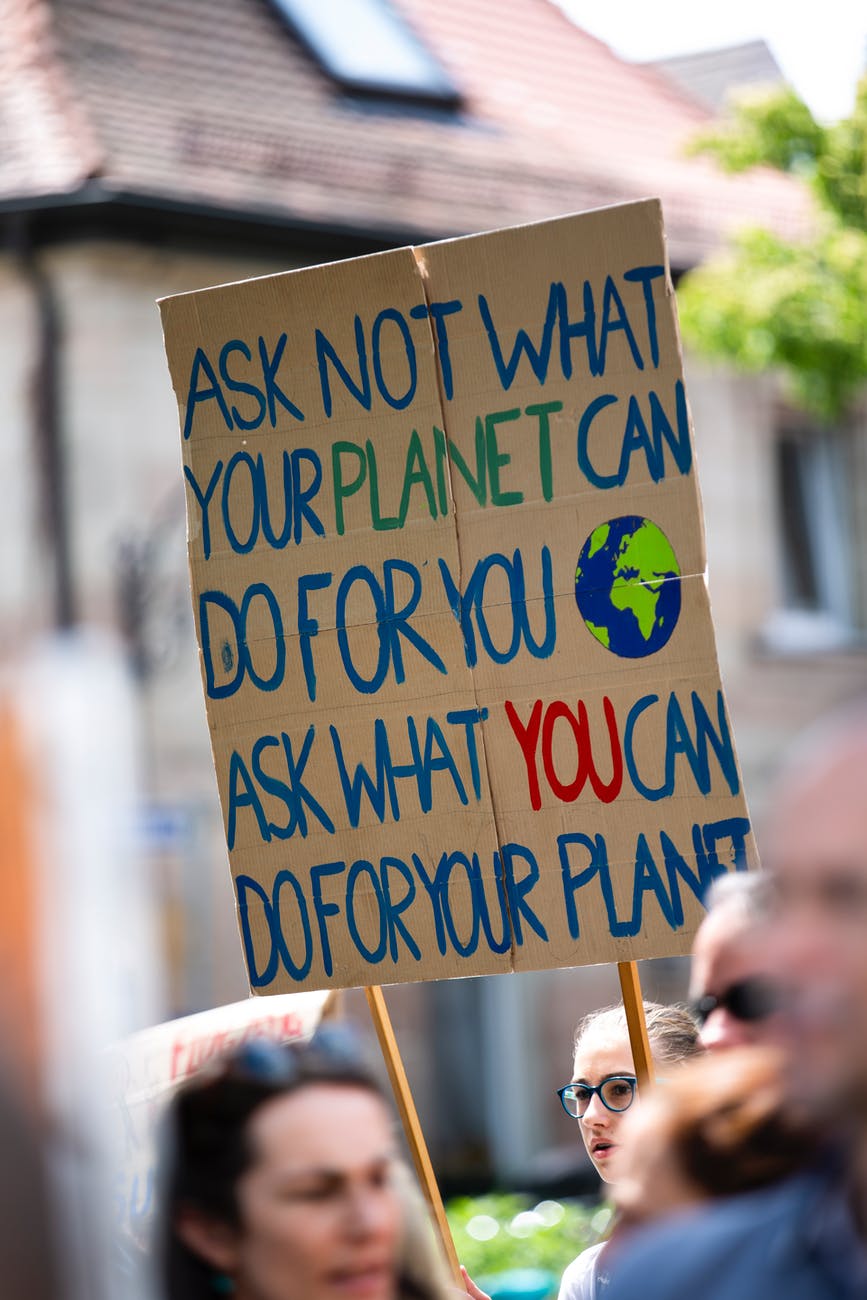
A new study published in Nature Journal last Wednesday 31 May by the international scientist group Earth Commission created a holistic measurement framework of quantifiable boundaries for climate, air pollution, phosphorus, and nitrogen contamination of water from fertilizer overuse, groundwater supplies, fresh surface water, the unbuilt natural environment, and the overall natural and human-built environment.
The holistic measuring of the earth’s interlocking ecosystems considers not only the point at which environmental conditions become harmful for people but also the risks for each environmental element, while also considering justice on a local and regional scale. Elements of justice are important for climate change because the groups most vulnerable to climate impacts are those who have contributed least to the climate crisis.
As the authors state, “The stability and resilience of the Earth system and human well-being are inseparably linked, yet their interdependencies are generally under-recognized; consequently, they are often treated independently” – particularly at the policy level – and, “rapid changes to the Earth system undermine critical life-support systems with significant societal impacts already felt, and they could lead to triggering tipping points that irreversibly destabilize the Earth system. These changes are mostly driven by social and economic systems run on unsustainable resource extraction and consumption. Contributions to Earth system change and the consequences of its impacts vary greatly among social groups and countries. Given these interdependencies between inclusive human development and a stable and resilient Earth system (Rockström et al)”.
The Earth Safe Boundaries (ESB) proposed in the framework set out by over 40 scientists, do not represent ‘tipping points’ (although tipping points inform the ESBs), but rather set out safe scientific boundaries for “maintain[ing] and enhanc[ing] the stability and resilience of the Earth system over time, thereby safeguarding its functions and ability to support humans and all other living organisms”.
Climate justice and social justice are inextricably linked. This fact is becoming increasingly recognised on a global stage. In praxis, it requires addressing historic injustices such as colonialism, resource exploitation, and land access that have driven the climate crisis while destroying ecosystems, and livelihoods, and wiping out local economies, biodiversity, culture, and displacing communities. Systems change in local and regional scale development is an important leverage to ensure that we stay within these holistic earth boundaries and address injustices through systems change.
The study concludes that meeting the just boundaries without significant harm to humans and ecosystems requires transformation. While they provide a good tool for the measurement of the earth’s safe boundaries and the threshold for crossing those limits, they do not provide any practical suggestions for that transformation.
“Nothing less than a just global transformation across all ESBs is required to ensure human well-being. Such transformations must be systemic across energy, food, urban and other sectors, addressing the economic, technological, political and other drivers of Earth system change, and ensure access for the poor through reductions and reallocation of resource use. All evidence suggests this will not be a linear journey; it requires a leap in our understanding of how justice, economics, technology and global.”
Rockström et al
In that respect, the ESBs can be seen to complement more practical frameworks for local-level environmental and social wellbeing.
There are many alternative concepts that can empower communities at the local level to address these issues. Many are being embraced on larger scales such as regenerative economies, circular economies, and the doughnut model. In fact, the study authors state that the ESBs look to build upon policy and research on Planetary Boundaries (PBs) framework, doughnut economics, and the Sustainable Development Goals. Yet, if we take a more holistic view of these interlocking systems, it is not only economic models that should be considered but whole-of-society models.
Frameworks like Buen Vivir that seek to address social, economic, and environmental factors at the local levels by empowering local communities to act within ecological and social boundaries can be effective local solutions to the climate crisis while at the same time addressing issues of justice and wellbeing. Models that connect the whole-earth systems including social and environmental wellbeing are best placed to start achieving long-term change that is scaled up to include national and global level policies and consumer market change. They provide viable points of action that is easily implemented and correlated with policy.
In short, scientifically quantifiable boundaries are vital for the future of the planet and humankind, but these must go hand-in-hand with actionable and practical solutions that can be translated on the ground. Transformation of all systems is thus where we must start to ensure that we approach the safe and just boundaries with caution for the future stability and resistance of earth’s interconnected systems.












